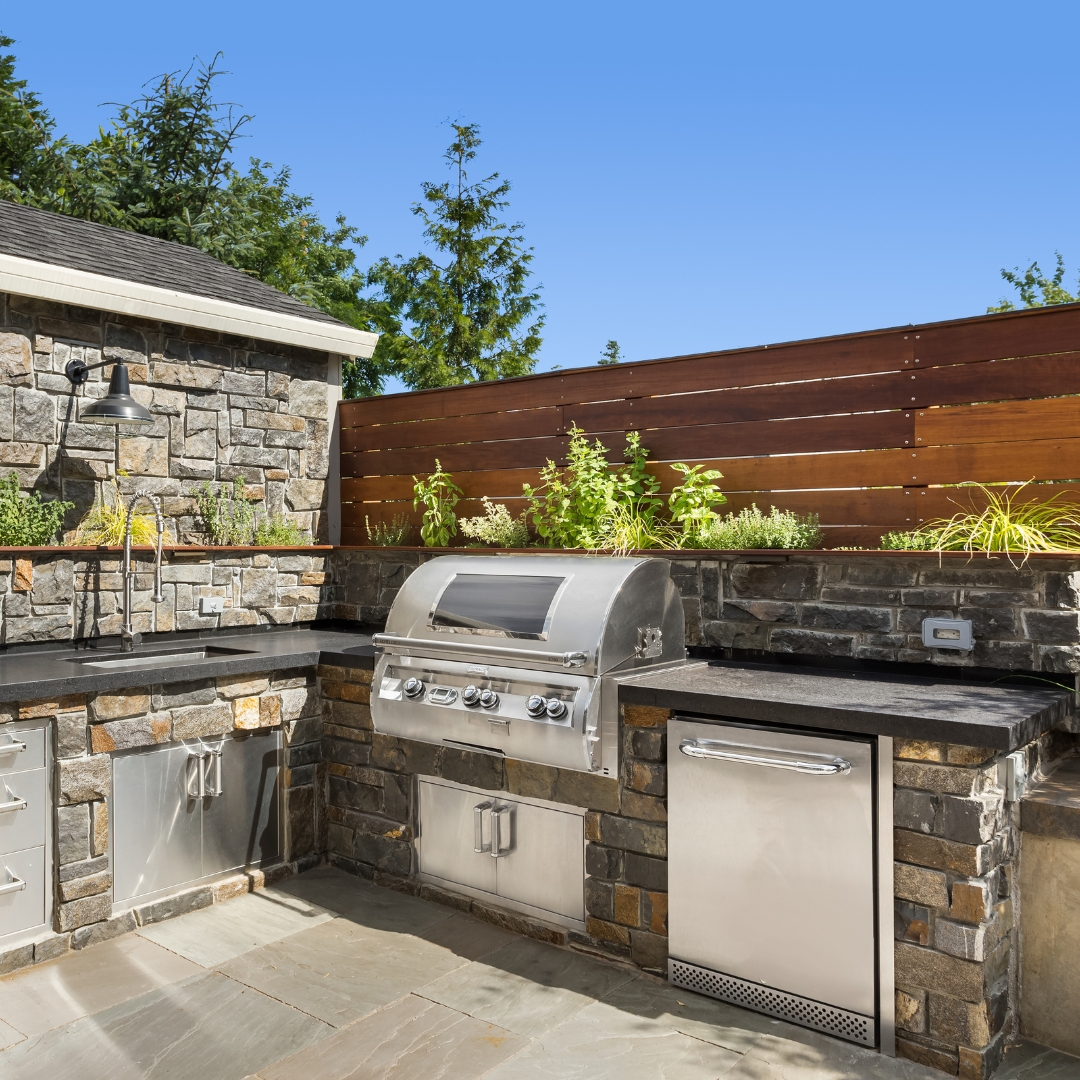
How to Choose the Perfect Plants for a Sustainable Landscape Design Oct 11, 2025
First and foremost, understand your local climate and soil conditions. Familiar plants tend to prosper with minimal intervention, utilizing fewer resources such as water and fertilizers. Conducting a soil test is an essential step; this will inform you about pH levels, drainage capabilities, and nutrient content. At Zammito Landscape Construction, we emphasize that a plant chosen in harmony with its natural habitat is less likely to require excessive human intervention, saving time and resources in the long term.
Native plants often rank as the ideal candidates for a sustainable landscape design. These are plants that have evolved within the local ecosystem and have established mutually beneficial relationships with native wildlife and pollinators. Native species usually require less watering and are more resilient to pests and diseases, helping you reduce the use of chemical pesticides. For example, incorporating native grasses or flowers like Coneflowers or Bluebells can enhance biodiversity and facilitate natural pollination.
An equally important consideration is the plant's water needs. In areas prone to drought, it is especially crucial to focus on drought-tolerant plants like Lavender or Succulents. These species have adapted to thrive with minimal water and can help create a visually appealing yet water-efficient landscape. Consider implementing a drip irrigation system to ensure efficient water use, which is a service we happily provide at Zammito Landscape Construction.
Layering is another strategic approach that can lead to a successful sustainable landscape. By arranging plants of varying heights and sizes, you can maximize sunlight exposure and create natural windbreaks. Layering not only helps in managing microclimates within your garden but also enhances aesthetic appeal. For example, a combination of ornamental grasses, shrubs like Boxwoods, and towering perennials such as Sunflowers creates visual interest and ecological balance.
Invasive species can be a significant threat to a sustainable garden. These aggressive plants can overrun native species and disrupt local ecosystems. Always check plant labels and consult with landscape professionals to avoid inadvertently introducing invasive plants into your garden.
Finally, plan your garden with seasonality in mind. Choosing a mix of evergreen and deciduous plants ensures visual interest and functionality throughout the year. Evergreens like Junipers can provide structure and greenery during the winter months, while deciduous plants can offer vibrant seasonal colors.
In summary, selecting the perfect plants for a sustainable landscape design involves an understanding of your local environment, choosing species that thrive with minimal resources, and creating a diverse ecosystem. By focusing on native and drought-tolerant plants, avoiding invasive species, and planning for year-round interest, you set the stage for a garden that is as beautiful as it is sustainable. At Zammito Landscape Construction, our team is equipped with the expertise and passion to transform your space into a thriving, eco-friendly haven. Reach out to us for more personalized guidance and sustainable landscaping solutions.
/filters:no_upscale()/filters:format(webp)/media/8643de6e-5281-4bd1-a816-917d59c99a7c.jpeg)